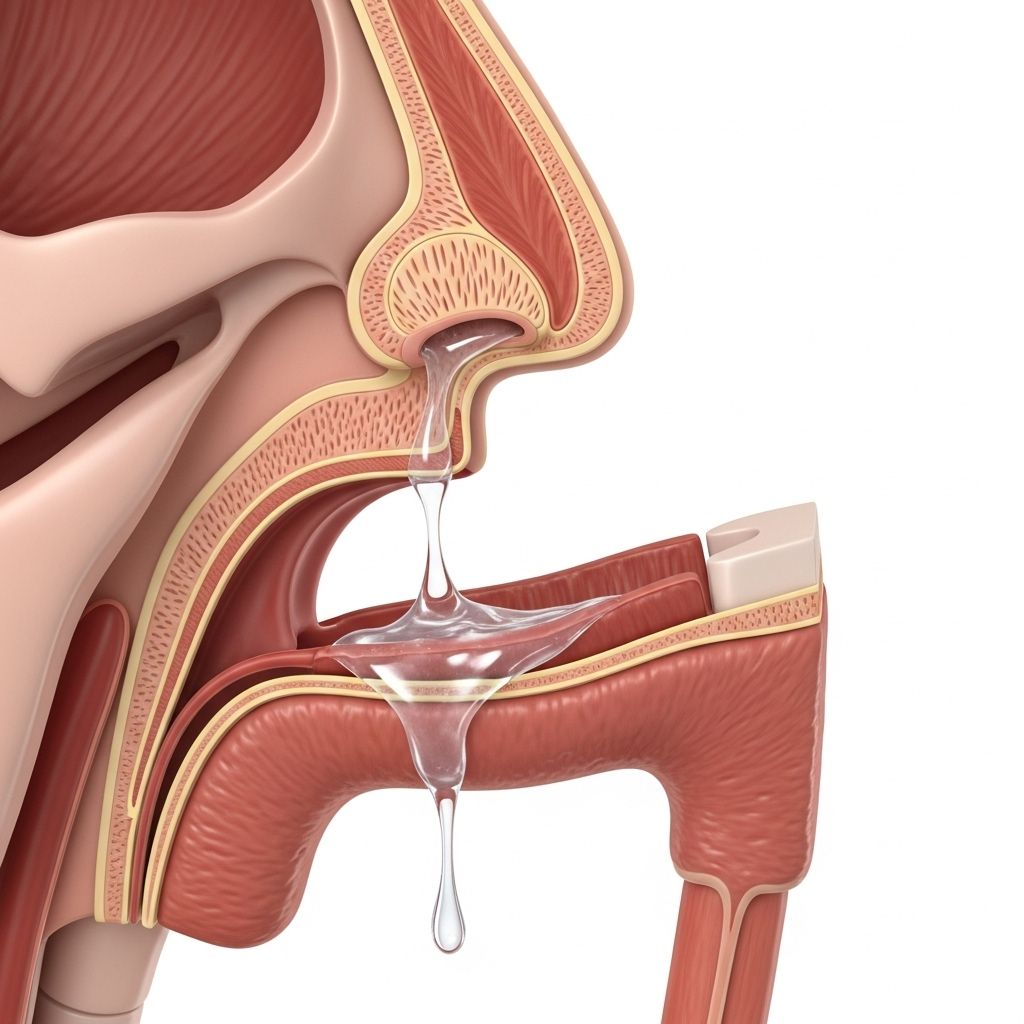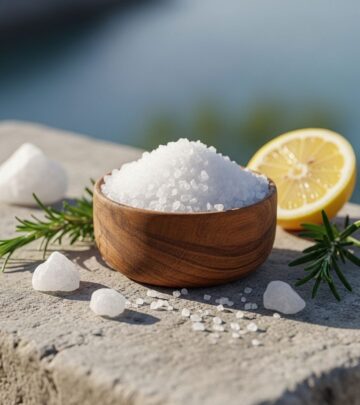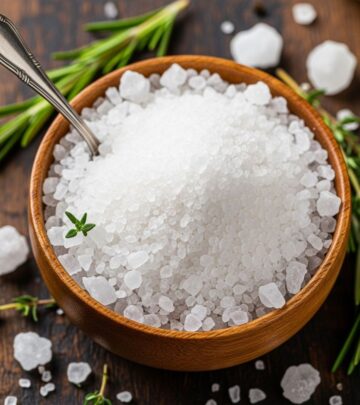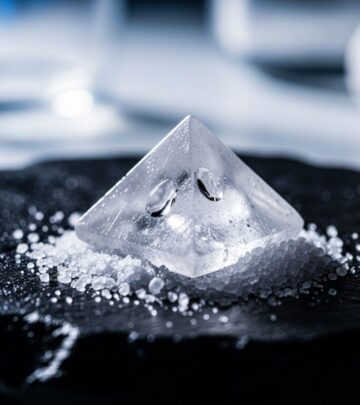Postnasal Drip: Causes, Symptoms, and Effective Treatments
Simple steps to thin mucus and soothe persistent throat irritation.

Postnasal drip is a common but often misunderstood condition that can leave you feeling uncomfortable or even unwell. It occurs when excessive mucus produced by the nasal passages trickles down the back of the throat, leading to coughing, throat clearing, and other bothersome symptoms. Understanding the causes, symptoms, and available treatments can empower you to manage postnasal drip more effectively.
What Is Postnasal Drip?
Mucus is a vital substance produced by your nasal passages, serving to moisten your airways, trap inhaled irritants, and fight infections. Typically, you swallow this mucus unconsciously each day. However, when mucus production increases or becomes abnormally thick, postnasal drip occurs, resulting in persistent discomfort as mucus flows down the throat.
Postnasal drip itself is not a disease, but a symptom arising from various underlying causes.
Common Causes of Postnasal Drip
Several factors can trigger or worsen postnasal drip. Identifying the root cause is crucial for effective management.
- Allergies: Seasonal allergies (such as hay fever), dust mites, or pet dander can inflame nasal passages, leading to increased mucus production.
This is sometimes called “allergic postnasal drip.” - Colds and Flu: Viral infections often increase mucus, as your body tries to trap and expel pathogens.
- Sinus and Bacterial Infections: Sinusitis and related disorders can inflame the nasal lining, resulting in thicker mucus that may drain backward.
- Environmental Factors: Dry air, sudden temperature changes, and exposure to bright lights may stimulate extra mucus as your body attempts to protect nasal tissue.
- Foods and Irritants: Spicy foods, smoke, or chemical irritants can exacerbate mucus secretion and worsen symptoms.
- Physical Abnormalities: Conditions like a deviated septum (where one nasal passage is smaller) can hinder healthy mucus drainage and cause buildup.
- Pregnancy: Hormonal changes can heighten mucus production.
- Medications: Certain drugs may increase mucus or dry out nasal passages, making the drip more noticeable.
- Gastroesophageal Reflux Disease (GERD): Reflux of stomach acid can irritate the throat and stimulate mucus production.
Recognizing the Symptoms of Postnasal Drip
Postnasal drip manifests through several telltale symptoms which may vary in intensity:
- Sensation of mucus: A feeling that something is draining or “dripping” in the back of the throat is the hallmark symptom.
- Sore or scratchy throat: The constant presence of mucus can inflame tissues, causing discomfort.
- Frequent throat clearing or swallowing: You may feel compelled to clear your throat often in response to the accumulated mucus.
- Hoarseness: The excess mucus can irritate the vocal cords.
- Bad breath: Mucus acts as a breeding ground for bacteria, which can cause halitosis.
- Cough: Postnasal drip is a leading cause of lingering cough, especially when lying down.
- Congestion or “stuffed up” feeling: Nasal passages may feel blocked or swollen as a result of increased mucus.
- Tickly or itchy throat: The trailing mucus can create a sensation of irritation that triggers coughing or throat clearing.
How Is Postnasal Drip Diagnosed?
A healthcare provider can diagnose postnasal drip by:
- Taking a detailed symptom history
- Performing a physical examination of the ears, nose, and throat
- Nasal endoscopy: Using a small camera to inspect the nasal passages and throat for abnormalities
- Ordering imaging studies (such as X-rays), if necessary, to check for sinus or structural issues
Complications and When to Seek Medical Advice
| Symptom | Potential Concern | Recommended Action |
|---|---|---|
| Persistent severe cough | Chronic condition (sinusitis, asthma) | Consult a doctor |
| Unexplained fever | Possible underlying infection | Seek medical attention |
| Foul-smelling or bloody mucus | Infection, sinus or respiratory issues | Contact your healthcare provider |
| Wheezing or breathing difficulty | Airway concern, possible asthma | Visit emergency services if severe |
| Symptoms unresponsive to treatment | Might require specialist evaluation | Book an appointment |
Home Remedies for Postnasal Drip
Several simple home measures may ease symptoms and help clear up postnasal drip naturally:
- Stay Hydrated: Drinking water, herbal tea, or broths (like chicken soup) helps thin mucus and soothes the throat.
- Use a Humidifier: Moist air prevents nasal lining from drying out and reduces irritation.
- Steam Inhalation: Taking a hot shower or inhaling steam loosens mucus and facilitates drainage.
- Elevate Your Head at Night: Sleeping propped up reduces backflow of mucus, alleviating night-time discomfort.
- Saline Nasal Rinses: Devices like neti pots flush out mucus, offering relief from congestion.
- Avoid Triggers: Keep away from allergens, cigarette smoke, strong odors, and pollution when possible.
Medical Treatments for Postnasal Drip
If lifestyle adjustments and home remedies are not enough, several medical options exist:
Over-the-counter Medications
- Antihistamines: These are helpful for allergy-related postnasal drip.
While older varieties like diphenhydramine (Benadryl) and chlorpheniramine (Chlor-Trimeton) may cause drowsiness and thicken mucus, newer antihistamines—such as cetirizine (Zyrtec), loratadine (Claritin), fexofenadine (Allegra), and levocetirizine (Xyzal)—are less sedating and preferable. - Decongestants: Oral decongestants like pseudoephedrine (Sudafed) and phenylephrine can shrink nasal tissue and lessen mucus output. These are most suitable for congestion-driven drip but should be used under medical guidance, especially if you have heart conditions or high blood pressure.
- Saline Nasal Sprays: These help thin mucus and keep nasal passages moist.
Prescription Medications
- Nasal steroid sprays: Drugs like fluticasone (Flonase), beclomethasone (Beconase), or triamcinolone (Nasacort) can reduce inflammation and mucus production, especially for allergy or sinusitis-induced drip.
- Ipratropium nasal spray: This prescription is useful for reducing excessive nasal secretions.
- Immunotherapy: Allergy shots or drops may be recommended for persistent allergy-related symptoms.
- Antibiotics: Only used if a bacterial infection is diagnosed (not recommended for routine viral causes).
- Mucolytics: Medicines like guaifenesin (Mucinex) may help thin thick mucus, making it easier to clear.
Surgical Treatments
- Septoplasty: Surgery to correct a deviated septum may be needed if structural issues are the root cause.
- Sinus Surgery: In rare, chronic cases where medication has failed, surgery may restore healthy sinus drainage.
Prevention Tips and Lifestyle Adjustments
- Identify and avoid allergy triggers through regular cleaning and air filtration.
- Manage chronic nasal or sinus conditions with prescribed medications and follow-up care.
- Avoid foods or substances (spicy foods, smoke, strong fragrances) known to increase mucus production.
- Ensure good hydration, especially in dry climates or during air travel.
- Sleep with head elevated and avoid lying flat if symptoms worsen at night.
Frequently Asked Questions (FAQs)
Q: What does postnasal drip feel like?
A: Postnasal drip often feels like liquid or thick mucus draining from the back of your nose into your throat. It may produce a sore, scratchy, or tickly throat, prompt throat clearing, or cause persistent coughing.
Q: What is the best over-the-counter medicine for postnasal drip?
A: Newer, non-drowsy antihistamines (Zyrtec, Claritin, Allegra, Xyzal) are frequently preferred for allergy-driven postnasal drip. For congestion, oral decongestants like Sudafed can help. Always consult your doctor or pharmacist before starting any new medication, as side effects can vary.
Q: Why won’t the mucus in my throat go away?
A: Mucus may become thick or persistent due to ongoing allergy exposure, infection, or underlying chronic sinus issues. Using saline nasal sprays, steam inhalation, or mucolytics can help thin mucus and ease its clearance. If symptoms linger for weeks or worsen, contact a healthcare provider for further evaluation.
Q: Does Flonase help with postnasal drip?
A: Flonase, a corticosteroid nasal spray, can help manage allergy-related symptoms such as sneezing, itching, runny nose, and postnasal drip. It works by reducing inflammation and preventing excessive mucus production.
Q: What allergies commonly cause postnasal drip?
A: Common triggers include pollen, dust mites, mold, animal dander, and sometimes foods or chemical irritants.
Q: Can postnasal drip go away on its own?
A: In many cases, postnasal drip resolves naturally once the underlying irritant or infection clears. However, if it becomes chronic or severe, targeted treatment may be necessary.
Key Takeaways
- Postnasal drip occurs when excessive nasal mucus drains into the throat, causing discomfort and related symptoms such as sore throat, cough, and hoarseness.
- It can be triggered by allergies, infections, environmental factors, and structural abnormalities.
- Home remedies, including hydration, humidification, and saline rinses, offer symptom relief for many sufferers.
- Medical treatments range from non-drowsy antihistamines and nasal sprays to immunotherapy or, in some cases, minor surgery.
- Persistent or severe symptoms warrant consultation with a healthcare professional to identify and treat any underlying issues.
When Should You See a Doctor?
- Symptoms persist for more than a few weeks despite home or OTC treatment.
- There is unexplained fever, bloody mucus, or foul-smelling drainage.
- You experience breathing problems, wheezing, or chest discomfort.
- Postnasal drip interferes with sleep or daily functioning.
If you have concerns about postnasal drip or suspect an underlying issue, timely medical advice is recommended. Most cases are manageable, and proactive care yields the best outcomes for comfort and quality of life.
References
- https://www.tylenol.com/adult-relief/sinus/postnasal-drip
- https://www.health.harvard.edu/staying-healthy/treatments-for-post-nasal-drip
- https://www.webmd.com/allergies/postnasal-drip
- https://my.clevelandclinic.org/health/diseases/23082-postnasal-drip
- https://jamanetwork.com/journals/jamaotolaryngology/fullarticle/2830355
- https://www.enthealth.org/conditions/post-nasal-drip/
- https://mydr.com.au/respiratory-health/post-nasal-drip/
- https://muschealth.org/medical-services/ent/sinus-center/drainage
Read full bio of medha deb












